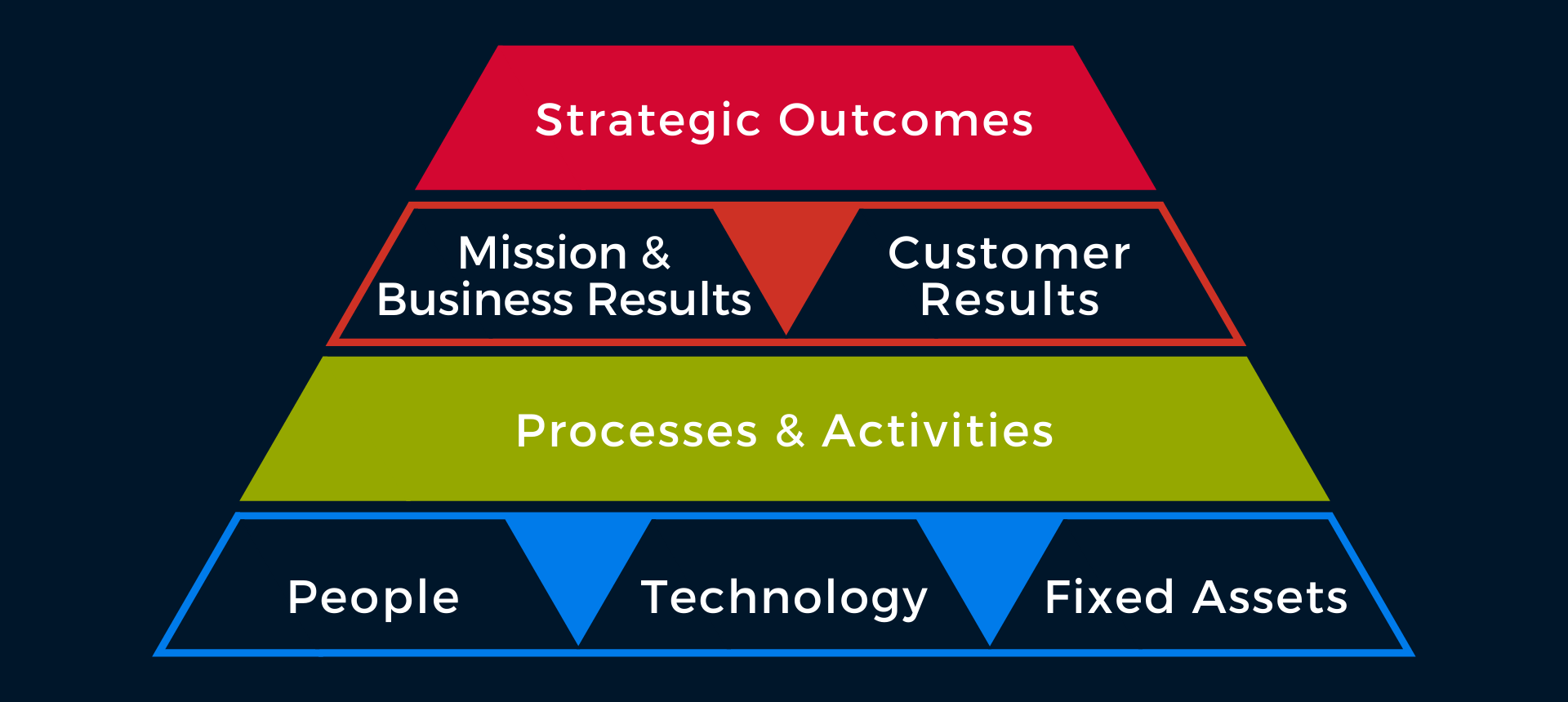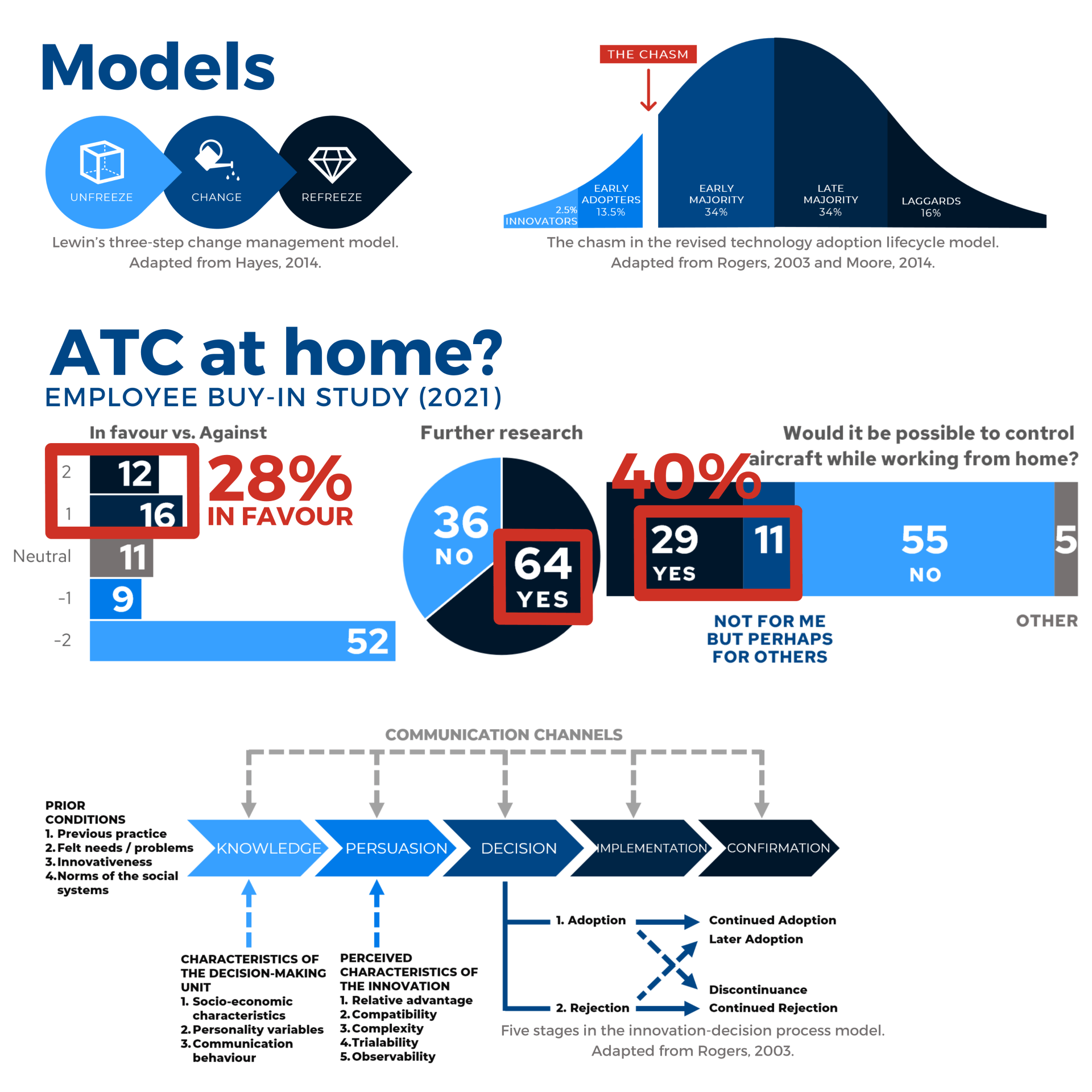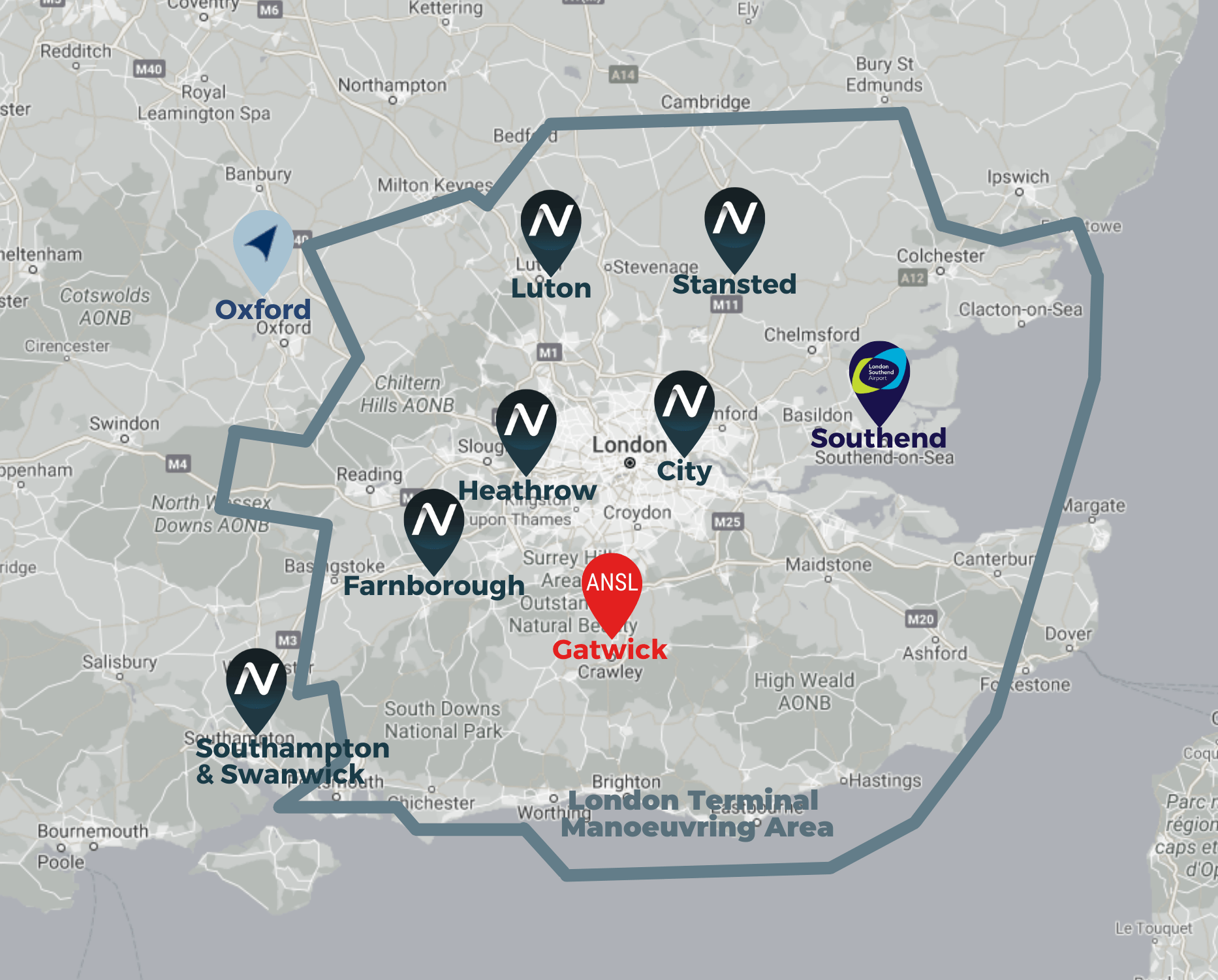Information sharing in ATC
Information sharing in ATC
This is an essay-answer to one of the dozens of questions for the Business Improvement Techniques distance learning course I took. Written with a management, non-controller audience in mind.
Sharing knowledge
To control aircraft, air traffic controllers must have operational information made available to them in a timely manner. This includes changes to airspace such as reclassification, temporary closures of some areas, weather changes or bird activity data coming from official sources, observation, measurements or pilot reports. Controllers must also be informed about any work or maintenance on the airport runways or taxiways, renaming taxiways (MANTP 2020a), airport expansion plans such as the new PremiAir terminal in Manchester or the Manchester Airport Transformation Programme, which involves gradual expansion of Terminal 2 and removal of Terminal 1 (now postponed - MANTP, 2020), or reducing operations in Manchester to one terminal (as started last week, on Wednesday 25 March 2020 - BBC, 2020), or Heathrow switching to one runway operations from Monday 6 April 2020 (McWhirter, 2020). All this information is necessary to direct aircraft on the right trajectory to the right place. Not having it could result in operational inefficiencies, incidents or accidents.
A-CDM, TBS, AMAN, XMAN
To further improve efficiency and reduce delays, 29 European airports implemented Airport Collaborative Decision Making (A-CDM) involving timely sharing of information between the airport operator, aircraft operators, ground handler, de-icing companies, ATC, network manager and support services. Several other systems have been built based on information and data to improve efficiency and reduce CO2 emissions and fuel costs for airlines such as Time-Based Separation (TBS or Intelligent Approach), Arrival Management (AMAN) or Cross-Border Arrival Management (XMAN) where Heathrow arrivals are slowed down 350 miles from London according to the calculated predicted traffic situation by the time of arrival (NATS, 2014, 2017). Such tools not only improve efficiency (e.g. saving 15,000 tonnes of CO2 a year by "absorbing just one minute during linear holding" - NATS, 2017) but also enable controllers to perform effectively which improves job satisfaction and employee engagement and motivation.
Operational knowledge
The sharing of knowledge happens first at training stages in college during Basic Training and rating courses, then during on the job training, after which the controller is examined and can start working on their own licence having acquired all necessary knowledge to work at a particular airport. The operational knowledge is written in documents (ICAO Doc 4444, UK CAA Radiotelephony Manual (CAP 413), CAP 493: Manual of Air Traffic Services (MATS) Part 1, and MATS Part 2 which is not publicly available) and Aeronautical Information Publications, Circulars and Supplements, NOTAMs (NOTices to AirMen) and charts published periodically (NATS AIS, 2020).
Online sources
Knowledge is also shared informally on social media in groups for air traffic controllers where controllers from all over the world can ask colleagues for advice and share their experience or opinions. While the basic knowledge acquired during training is formally required to do the job properly, any extra advice from international colleagues may help solve work problems regarding procedures or management issues. An example could be providing links to academic distance learning courses designed for operational air traffic controllers, or tower evacuation solutions. Knowledge is also shared at industry events, now moved to the internet, via webinars and video conferences, where Air Navigation Service Providers (ANSPs) can share solutions e.g. for the coronavirus situation (CANSO, 2020). This way the tested and verified solutions at one ANSP can be implemented in other countries in a matter of days, improving overall operational efficiency and personnel safety. Additionally, staff feels valued having an opportunity to share their day-to-day realities with colleagues internationally and to be listened to.
Sources:
BBC (20 March 2020) Coronavirus: Manchester Airport closes two terminals.
CANSO (2020) Special Webinar Series, Part 2: Operational Business Continuity.
Manchester Airport Transformation Programme (2020a) Airfield re-designation.
Manchester Airport Transformation Programme (2020b) March 2020 update.
McWhirter, A. (2 April 2020) Heathrow to move to single runway operation. Business Traveller.
NATS (2014) Cross Border Arrival Management (XMAN) Trial.
NATS (2017) Why new streamlined Heathrow arrivals start in Europe.
NATS (2020) Aeronautical Information Service.










